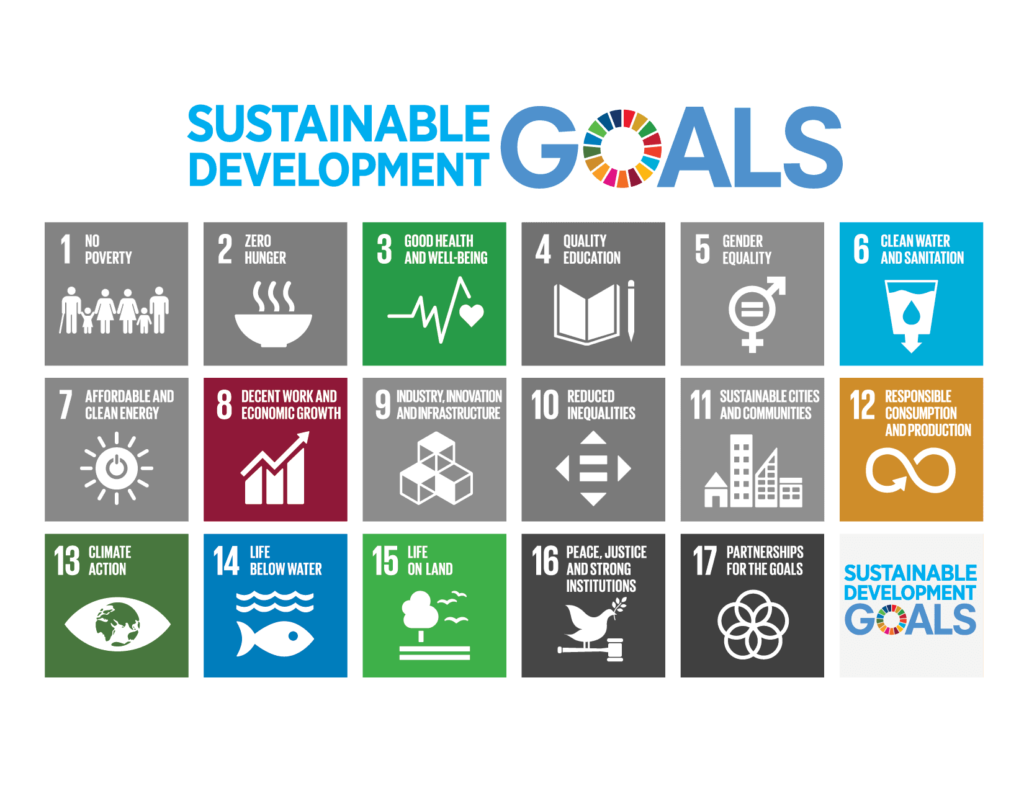

The goal of this platform is to promote a more sustainable practice of outdoor sports, focusing on the impact of its various stakeholders. Specifically, the goal is to target the pollution and greenhouse gases generated through outdoor sports, to improve management of natural resources, preserving land and biodiversity, and to advocate for a more sustainable society. It is also a space for sharing knowledge about becoming more sustainable together.
Is the outdoor sports model sustainable in its current form ?
Outdoor sports play a key role in society. They contribute to the physical and emotional health of participants and have a big influence on the attitudes and habits of spectators and stakeholders. However, like most human activities, the practice of outdoor sports has adverse effects on the environment. For the sustainable continuation of outdoor sports and their many personal, social, and economic benefits, it is imperative to reduce this adverse impact to a minimum, or even to reverse it. The key to this is acknowledging the impacts of all outdoor sports participants and helping them transition to a more environmentally friendly model. We are the players that use the outdoors for enjoyment, to compete, explore, educate ourselves and others, and even to do business. Therefore, we should be the first ones to take care of our playground.
Generally, outdoor sports practitioners have a slightly higher environmental consciousness than people in other sports, meaning they interact with the natural environment regularly and form close personal and emotional bonds with the natural world. Nevertheless, they have a 40% greater carbon footprint from practicing their sports than athletes from other individual sports (1), and the difference is even bigger when compared to team sports.
Therefore, we have an important role in the preservation of the environment where we practice, and to this end our organization has adopted several broad goals that will guide our efforts in protecting the mountains we play in. These goals are guided by the Paris Climate Accord and the UN Sustainable Development Goals. Specifically, we need to limit warming to 1.5 degrees centigrade above pre-industrial levels, cut our global emissions by at leaset 50% in the next 10 years, and be completely carbon neutral by 2050, at the latest. That means fast, dramatic change to everything in our society, including our values, economics, how we work, travel, buy, climb, run, go on holiday or expeditions – everything.
- (1) The carbon footprint of active sport participants , Pamela Wicker, 2018.
- The Paris Agreement, 2015
- UN Sustainable Goals
- Greenhouse Gases, CO2, CO2e terms.
CALL FOR ACTION
We’re all players in this sport: athletes, organizers, equipment manufacturers and federations. This means we all have an important role to play in the sustainability of the sport and protection of the environment where we practice. It isn’t about being perfect environmentalists, rather about walking towards a greener sports model. With this pledge we aim to share ideas and actions – from the simplest to those complex – to make outdoor sports more sustainable. Commit to what you feel ready for. Focus on 1, 5 or the 10 commitments to work during each year. Small steps lead to bigger ones.
Those brands, events, athletes, and federations committed to meeting the outdoor friendly standards of the Kilian Jornet Foundation shall undertake to make every effort to achieve the following objectives by 2030:
EVENTS
1 | Become a carbon neutral event. As long as the event is not climate neutral, reduce, avoid and offset emissions. | |
| 2 | Use 100% renewable energy to supply the organizing needs. | |
| 3 | Reduce mobility of organizers, spectators and assistance crews and ensure that a minimum of 80% of those journeys are made by low carbon transport (public transport, car sharing, electric vehicles, etc.). | |
| 4 | Reduce the waste by at least 50% from the current levels and do selective collection of all the waste. | |
| 5 | Use 100% ecological friendly and fair materials for the event and the communication. (eliminate printed communication, eliminate all goodies; use non plastic, local or recycled materials in place of virgin resources for items like: T-shirts, medals, racers pack, etc., offer the option to not receive racer pack and/or to donate to an environmental cause instead) | |
| 6 | Source at least 50% of the food catering for participants, spectators and staff in a sustainable way (seasonal, local, bio, from sustainable sources and offer a vegetarian/vegan option) | |
| 7 | Do an assessment of the land erosion and wildlife impact to determine the locations or track, best dates for the event, the number of participants and spectators in the event and the pre- and post- environmental work to preserve the natural character and ecological integrity of the space. | |
| 8 | Require participants to do environmental or conservation work to enter the event. | |
| 9 | Promote a more sustainable , inclusive and intersectional sport, through pre-/post-/ onsite campaigns and activities that promote environmentally friendly practices.Work preferentially with sponsors that have environmental commitments. | |
| 10 | Protect the water. Optimize its consumption and don’t use products that pollute it. |
ATHLETES AND PRACTITIONERS
| 1 | Reduce the travel to a maximum of 3 CO2e tons/year (measured in metric tonnes of carbon dioxide-equivalent). | |
| 2 | Refuse to participate in activities with high carbon emissions for communication purposes (filming with helicopter, photographers traveling from far away, travel far to do a shooting) | |
| 3 | Do carbon offset compensation of all travels. | |
| 4 | Promote participation in local races and adventures. | |
| 5 | Get polically active and advocate to the community about the importance of taking measures to fight climate change and challenge them to adopt environmentally friendly practices. Tell your audience about it at least one time per month. | |
| 6 | Do at least one act of environmental or conservation work every year. | |
| 7 | Get informed and respect the local and seasonal restrictions where you practice your sport in order to minimize the environmental footprint. | |
| 8 | Recycle, reuse, reduce and re-purpose the equipment. For sponsored athletes, reduce the product allocation received to the minimum required for your activities. | |
| 9 | Check the ecological footprint of the equipment you purchase and preferentially buy products that can be reused or recycled into new products. | |
| 10 | Adopt a climate friendly lifestyle, e.g. what I eat, where I get the energy from, how I transport myself, where I invest my money… |
BRANDS
| 1 | Implement circular economy principles for all products, from material sourcing to recycling. | |
| 2 | Design your products to be durable and repairable. Promote circular business models. Provide repair tips, disposal instructions, rental advice, sharing options, subscription programs, second-hand usage suggestions, etc. | |
| 3 | Exploit the present possibilities for recycling and environmentally friendly disposal or introduce an improved system for collecting and recycling your products. Become waste free for direct operations, products and packaging. | |
| 4 | Reduce the use of chemicals and develop mitigation strategies against microplastic pollution. | |
| 5 | Respect the water resources: reduce water consumption and water pollution in all your activities, including (but not limited to) all your products. | |
| 6 | Reduce the GHG emissions by 65% for all actions and be carbon neutral. | |
| 7 | Target to use only energy from 100% renewable sources across all operations. | |
| 8 | Have a sustainable supply chain. | |
| 9 | Publish the Product Carbon Footprint (PCA) or the environmental footprint of the products. | |
| 10 | Have a responsible marketing and communication promoting outdoor-friendly practices. |
FEDERATIONS
1 | Design circuits and events that are environmentally friendly with less international travel (an athlete can compete in a circuit provided it costs them less than 3 CO2e tons/year) | |
| 2 | Become carbon neutral. | |
| 3 | Introduce regulations forbidding the use of toxic products. Follow up with sanctions. | |
| 4 | Introduce regulations and sanctions on environmentally damaging behaviors by participants and organizers. | |
| 5 | Organize or facilitate environmental and conservation activities for your employees and athletes. | |
| 6 | Promote responsible consumption. | |
| 7 | Create a guide for environmental conduct (compulsory for international championships) to be followed by the events under your umbrella. | |
| 8 | Promote environmental responsibility and educate about climate action through communication. | |
| 9 | Work only with sponsorships and collaborations from environmentally responsible companies (for the federation and its events). | |
| 10 | Offer guidance and counseling to the federation members (clubs and associations) to become more sustainable. |
DOWNLOAD THE PLEDGE
Being Outdoor Friendly!
We know it is hard to achieve these commitments, but together we can do it for a more sustainable outdoors sport practice. Look at Tips to learn about and share ideas to achieve these goals. It is equally important to let your audience know that you’re committed to these goals and are working hard to achieve them! Tell them about the actions you’re taking, how you’re progressing, and the initiatives you’re implementing.
→Tips for Events
→Tips for Athletes
→Tips for Brands
→Tips for Federations
None of us is perfect – we all use resources and have environmental impacts. This foundation and the goals we are promoting aim to serve as tools for the outdoor industry to take steps forward to protect the places that make our sports so special. We will all be better off by giving our best to the planet. Share your ideas so others will be inspired to adopt them. Once you pledge to commit yourself, share your journey with others and convince them to do the same!
It is not about being the best but together giving the best to the planet. It’s about sharing knowledge to accelerate the pace to win this race. Take the pledge and share it to convince others to join the movement!
Resources:
THEY TOOK THE PLEDGE








THIS IS A SPACE TO SHARE KNOWLEDGE SO TOGETHER WE CAN MAKE OUTDOOR SPORTS MORE SUSTAINABLE 🌱.

